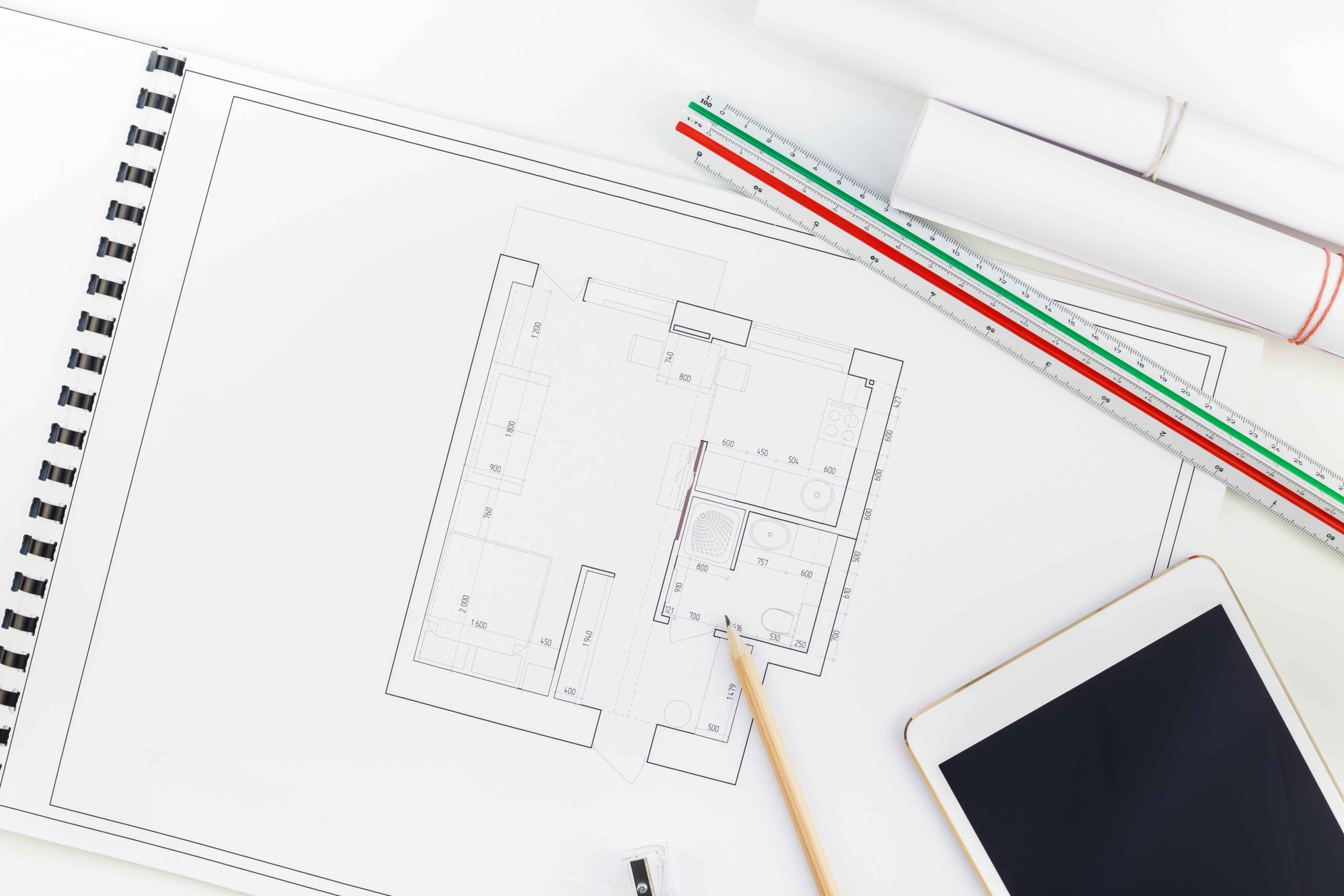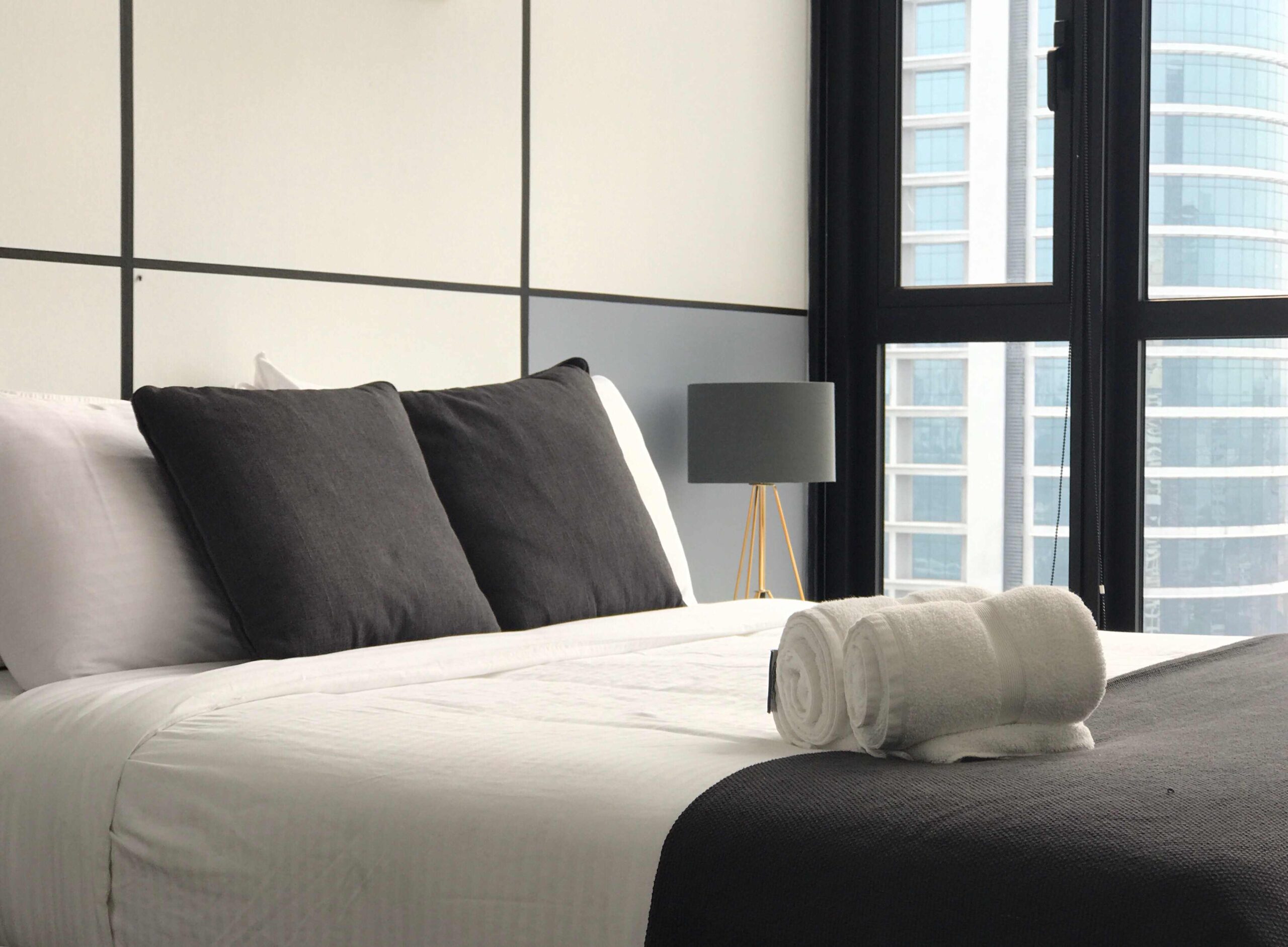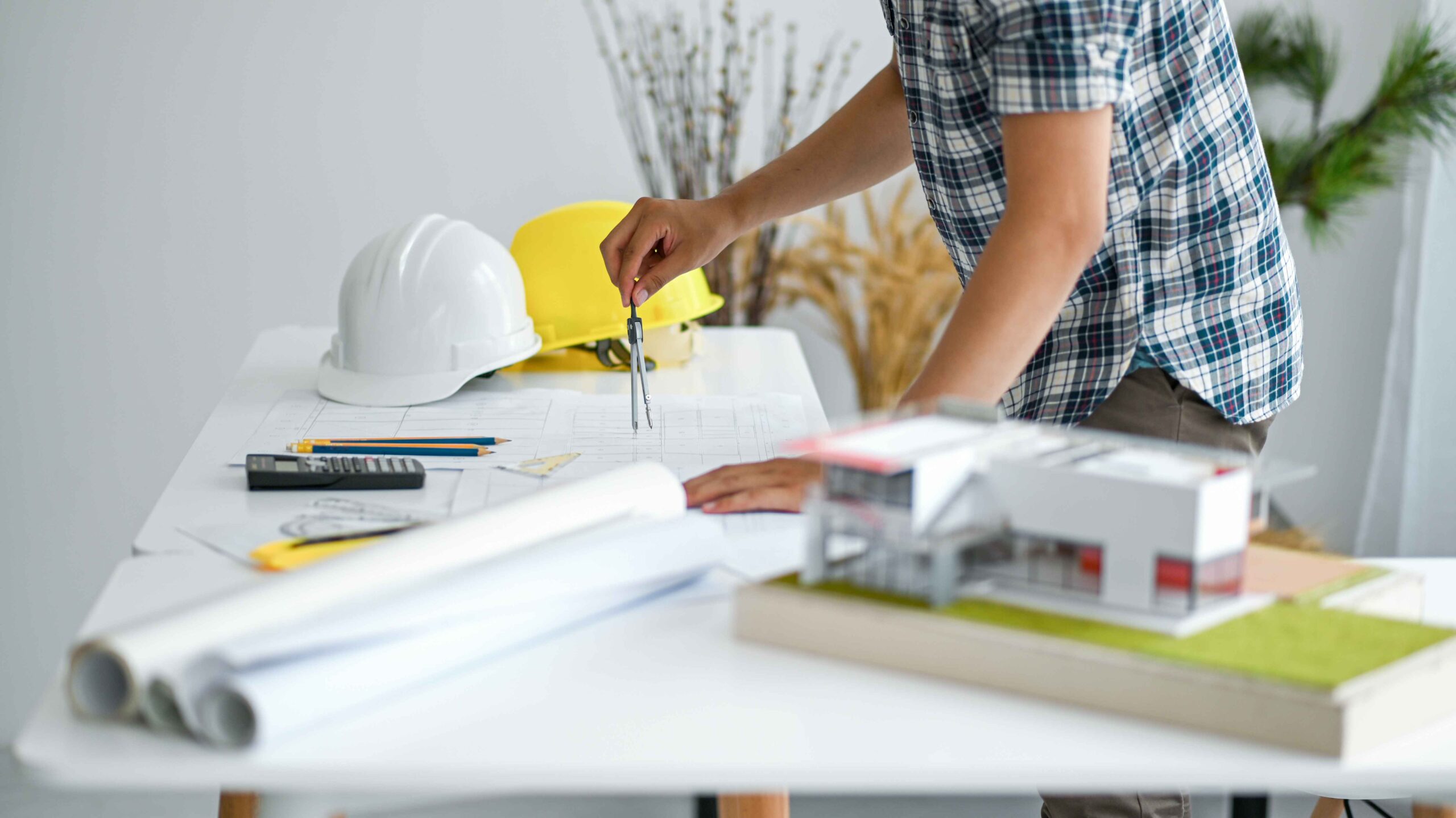Difference between built meters, useful meters and common areas.
Posted by: sebcreativos

When looking for a new property, it is essential to understand the concepts of built meters, useful meters and meters of common areas to make informed decisions and ensure that the home meets our needs and expectations.
In this article, we will explore these differences to help you better understand what they mean and how they affect buying or renting a property.
Meters built
The built meters refer to the total surface area of the property, including all covered areas within the outer limits of the construction. This includes both habitable spaces, such as living rooms, bedrooms, bathrooms and kitchens, and non-living spaces, such as hallways, stairs, balconies and covered terraces. In summary, the meters built represent the entire physical extension of the property, regardless of its usefulness.
Useful Meters
Useful meters are those that can be used effectively within the home, that is, the living spaces that are functional and accessible. This includes areas intended for living rooms, bedrooms, bathrooms and kitchens, excluding spaces such as hallways, stairs, balconies, storage rooms or technical areas.
The useful meters are those that you can really take advantage of to live, work or carry out daily activities within the property.
Distribution of common areas
The distribution of common areas refers to the proportional distribution of common areas between the owners of the different units within the building.
These common areas may include:
- Lobbies
- Hallways
- Stairs
- Recreation areas
- Swimming pools
- Gardens
Therefore, when talking about the built surface with distribution of common areas, we are considering the total size of the property, including both private spaces and common spaces, and how the latter are distributed among the owners of the building.
This is important to understand the full dimension of the property and how common spaces are shared and maintained between residents.

Main difference between built and useful meters
The main difference between the useful surface and the built surface is the usable meters. The built area will always be greater than the useful area: in general terms, it is estimated that the difference between the useful and built area varies between approximately 15% and 25%.
While the useful surface area refers to the available space, that is, the habitable meters, the constructed area adds all those elements that are not usable.
These differences not only affect how many meters of your home you can use, but also issues such as the taxation of the home itself: you will need to know them to request an appraisal or to apply for a mortgage, among other actions.

